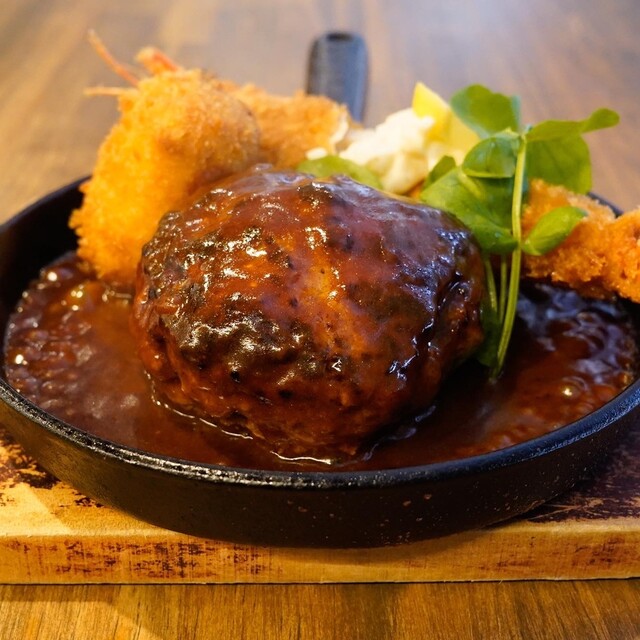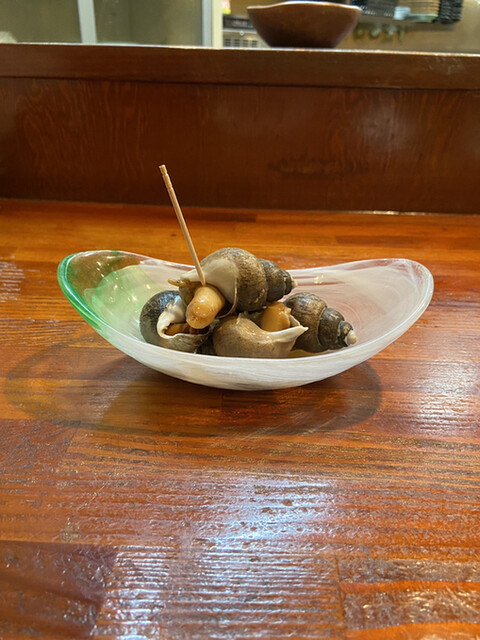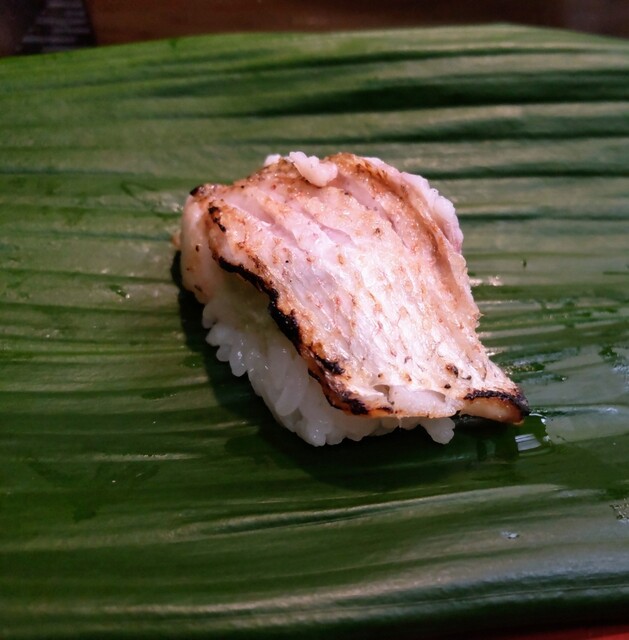
Takaoka Daibutsu is a magnificent statue that is counted as one of Japan's three great Buddha statues, alongside those in Nara and Kamakura. It embodies the essence of traditional copperware manufacturing techniques and was painstakingly crafted over a long period of time. It stands at a total height of 15.85 meters and weighs a whopping 65 tons. Takaoka Daibutsu is beloved by many as a source of pride for the region and attracts numerous tourists. Its majestic appearance and historical background symbolize the importance of Japan's cultural heritage. Please come and visit this symbolic statue of Takaoka City.
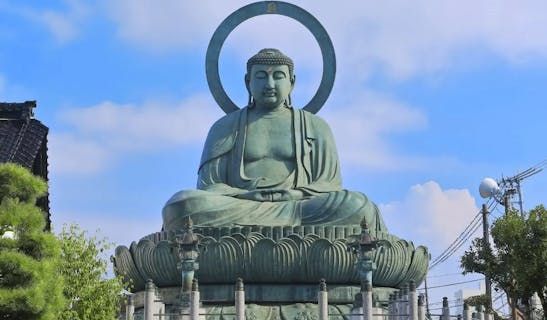




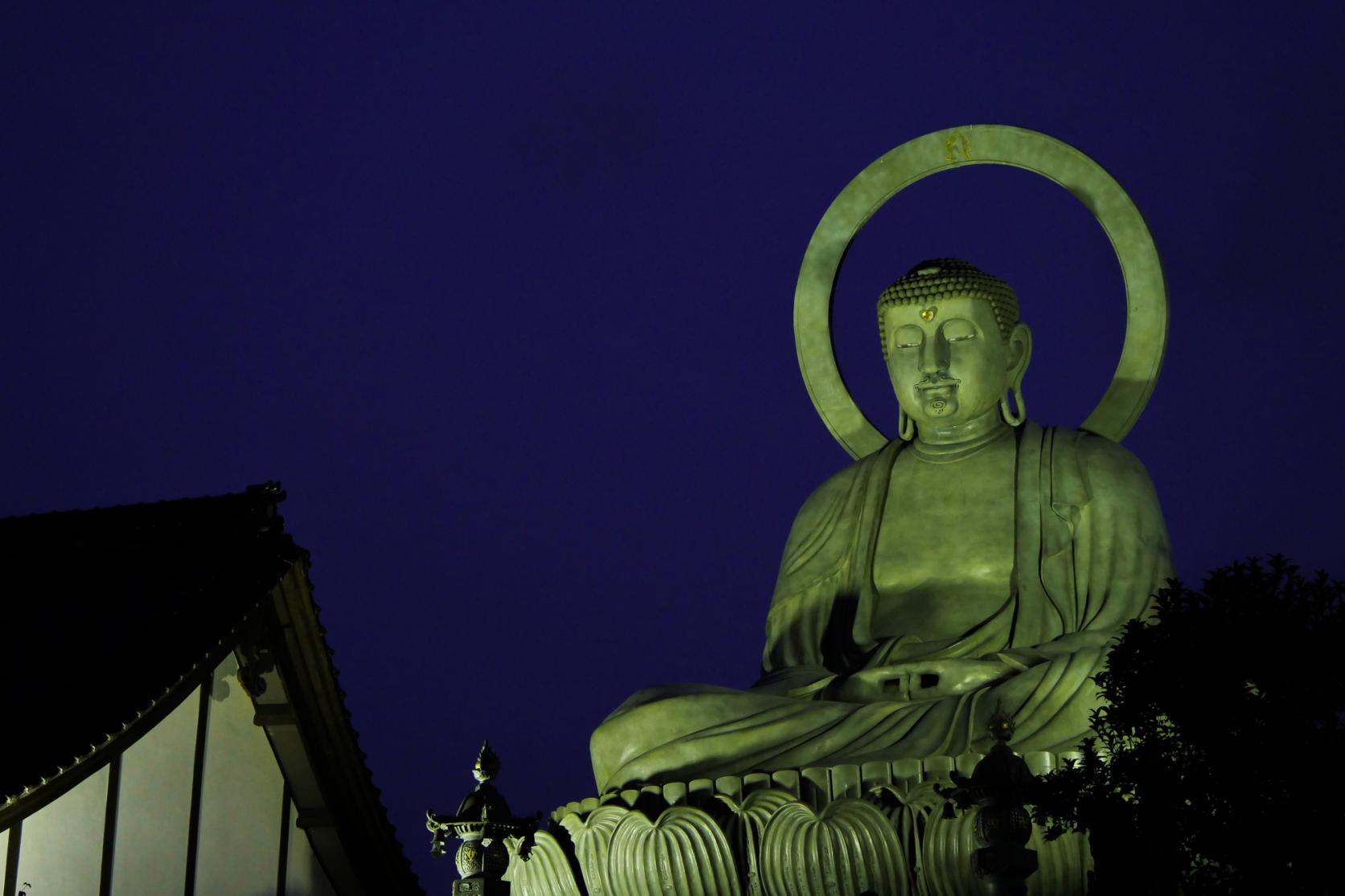



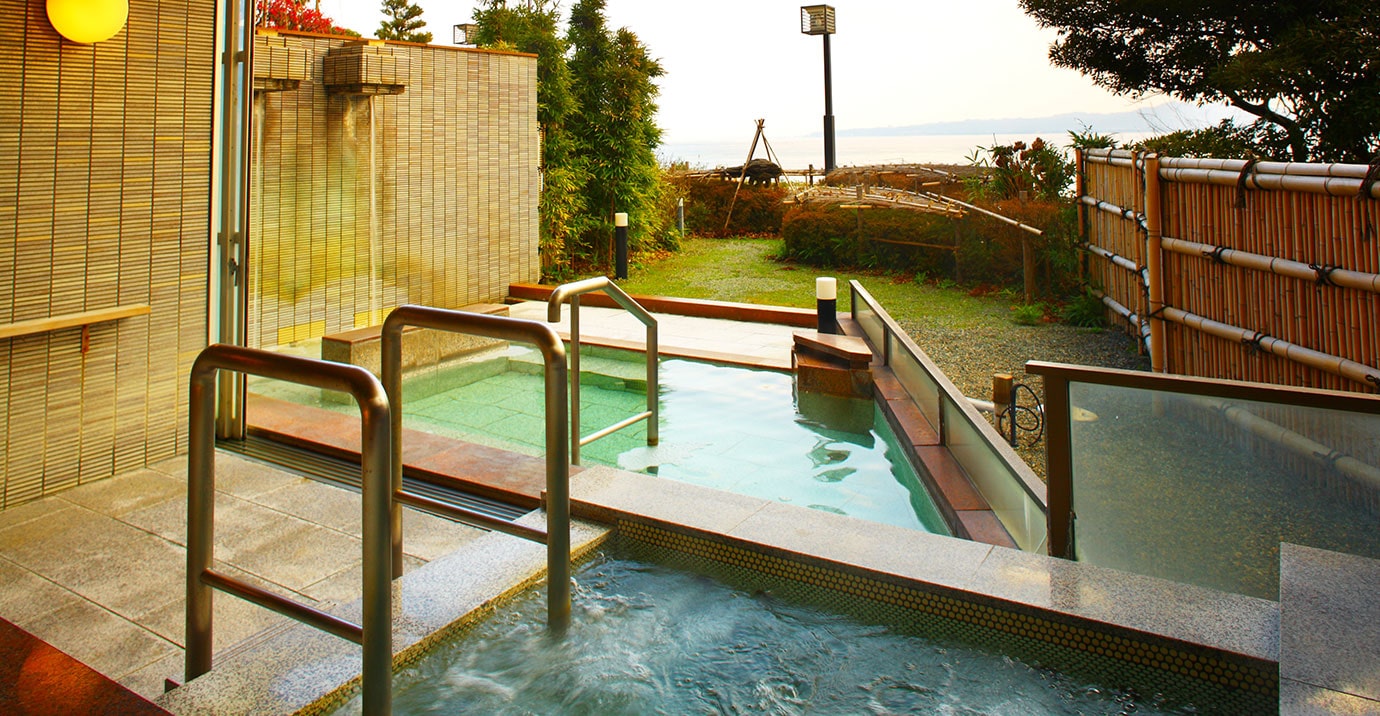





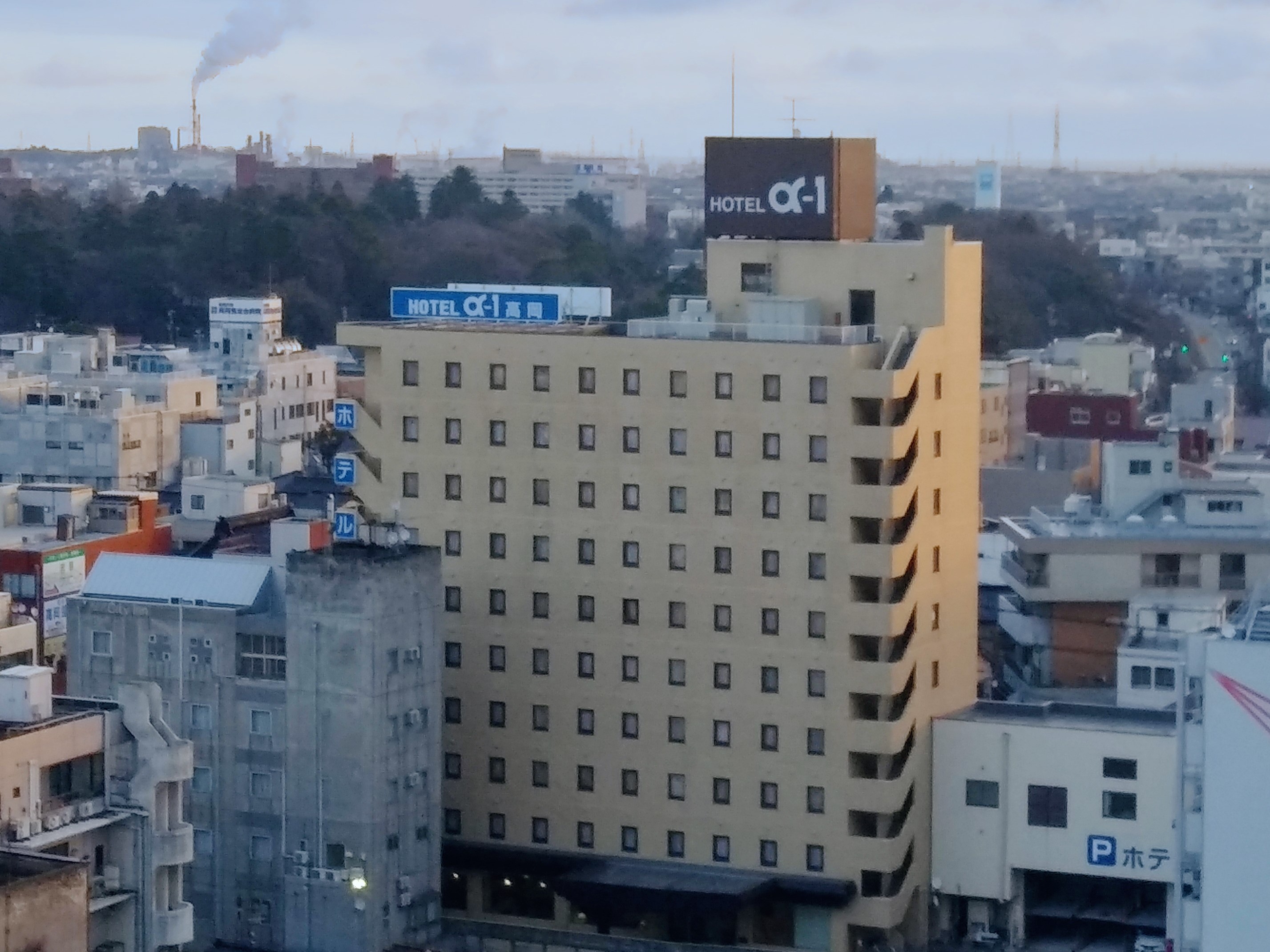








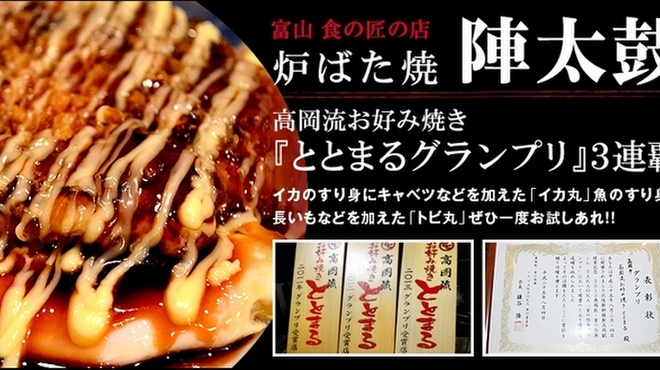
 -
-
 ¥3,000~¥3,999
¥3,000~¥3,999


